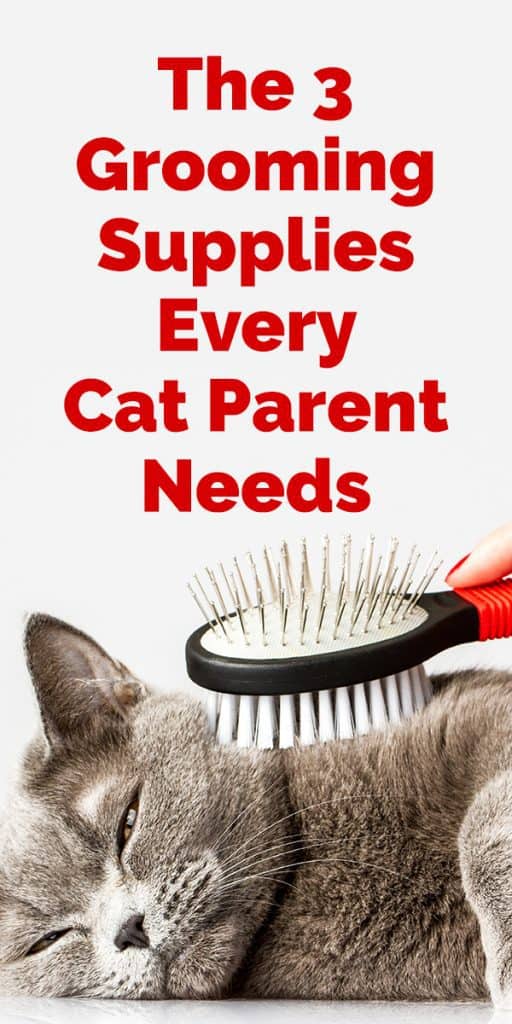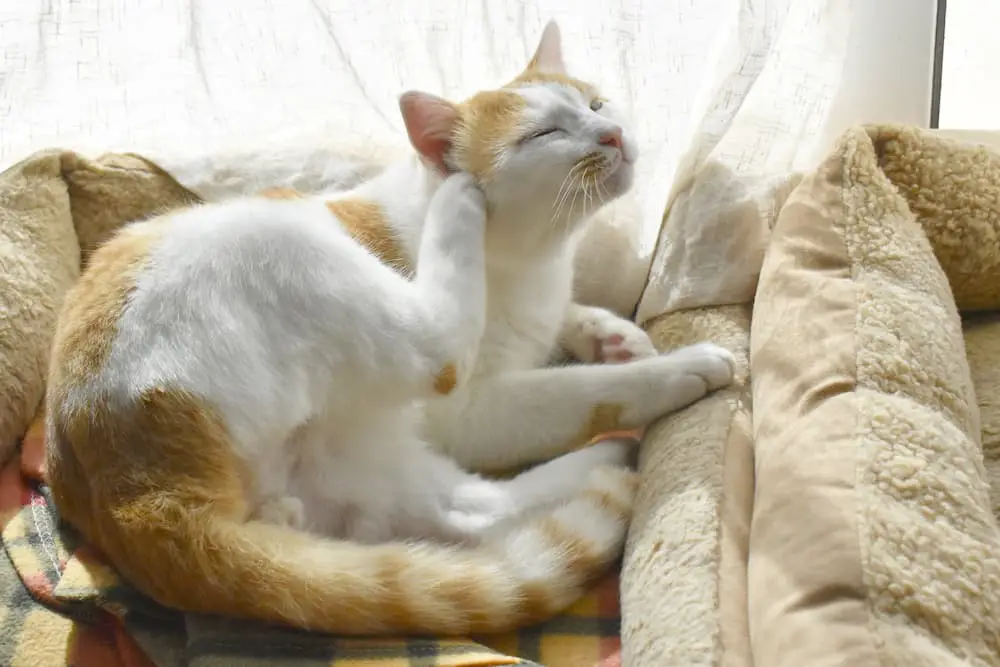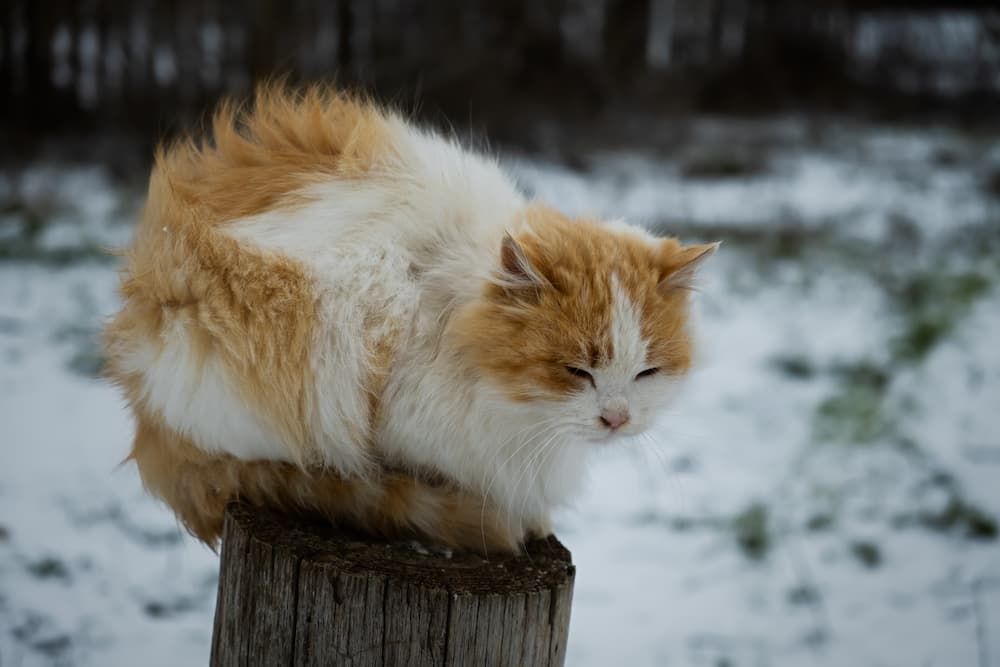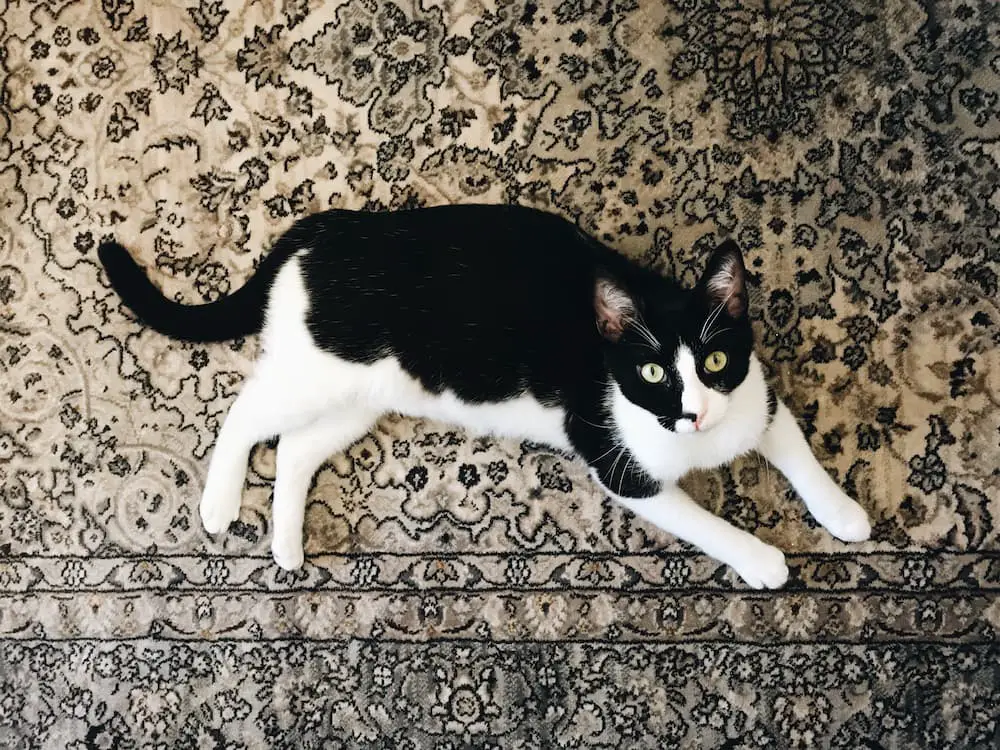Most people believe that cats are pretty low-maintenance and most cats can handle their own grooming needs. But, that’s not entirely true. Human interference in developing new breeds has left cats largely ill-equipped to handle their own grooming. Long-haired cats suffer from terrible matting problems while hairless cats require frequent bathing to remove the sebum buildup in their skin.

No matter what type of cat you have, chances are good that they will require some type of grooming from their favorite human. We’re looking at the three grooming supplies every cat parent needs to keep their feline friend in tip-top condition.
Shampoos

When selecting a cat shampoo, it’s important to select one specifically formulated for cats. All cats are incredibly sensitive and anything you put on their coat will eventually be ingested as they lick themselves throughout the day. This is why it’s critical to select a shampoo that’s made for them (and safe for them).
Medicated shampoos should only be used if prescribed by your veterinarian. If you have a pet with skin problems, your veterinarian needs to be your first call. He or she will determine the best method of treatment for your kitty.
Flea shampoos are not often recommended for cats, but if you find yourself having a problem with flea infestation, discuss the issue with your veterinarian. Cats are extremely sensitive to the toxins in flea shampoo and you should absolutely never use flea shampoos designed for dogs as they are highly poisonous to cats!
Brushes
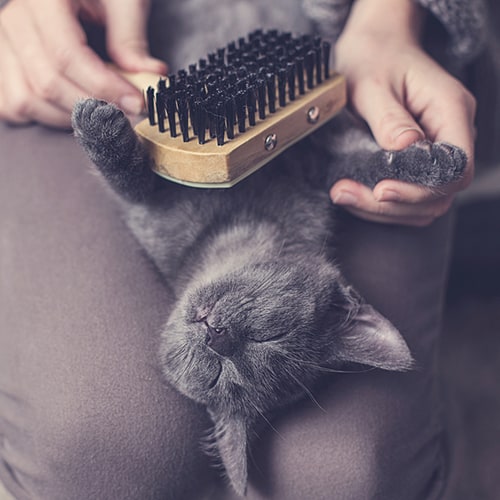
Choosing a brush for your cat will depend largely on your cat’s type and thickness of fur. Short-coated cats will require a very soft-bristled brush. Thick and long-coated types of fur will require a pin brush or de-shedding comb.
Nail Clippers

All cats, especially indoor cats, should have their nails trimmed regularly to avoid injury (and to protect you and your furniture from getting scratched). Most cats will tolerate having their nails trimmed, especially if you start when they’re young and reward them to make it a positive experience.
There are many types of nail clippers available, and it’s really a matter of choosing the type you prefer. Guillotine clippers, scissor-type clippers, or even human fingernail clippers will all work.
To avoid causing injury to your furry friend, always check his quick first before trimming his nails. The quick is the pink part inside his nail that covers the nerves and blood vessels. Make sure that you only cut below it and trim only the sharp tip of kitty’s nail. Have some styptic powder available to stop the bleeding just in case you do accidentally cut past the quick.
If you’re afraid you might cut your cat’s nails too short, you might like these nail clippers that can detect your cat’s quick and warn you if you’re going to cut too deep.
Save this article for later… Pin it!
